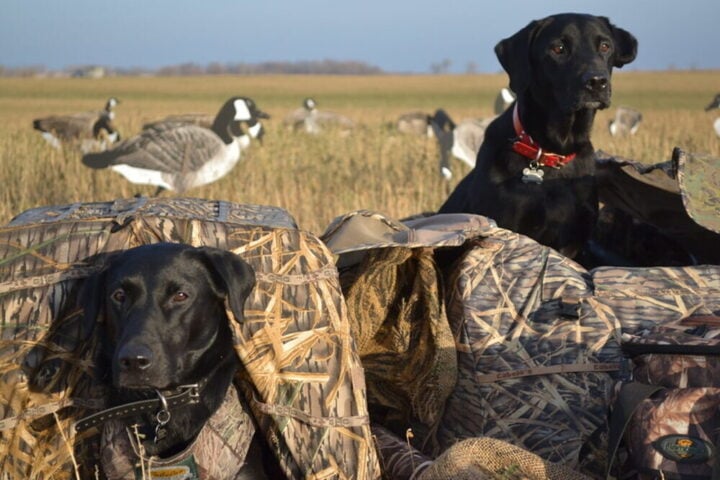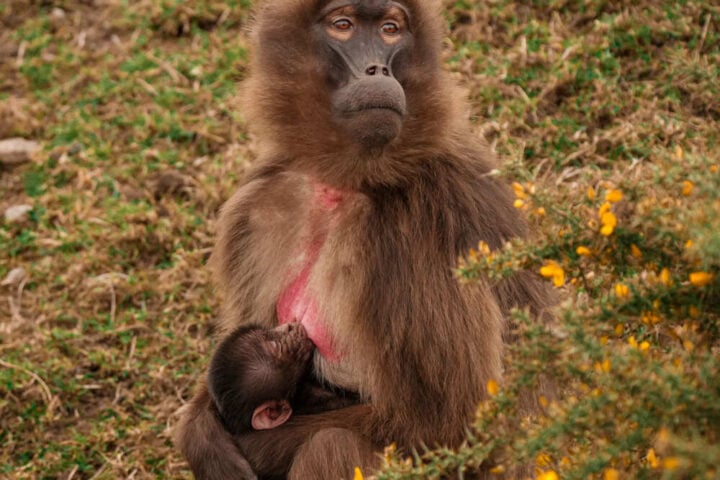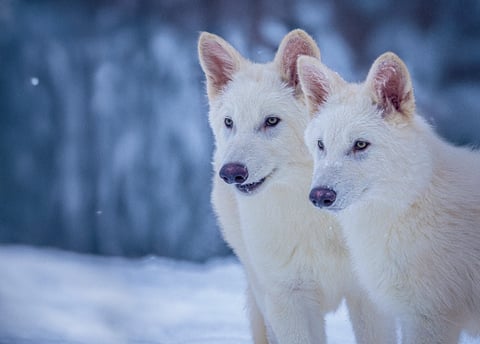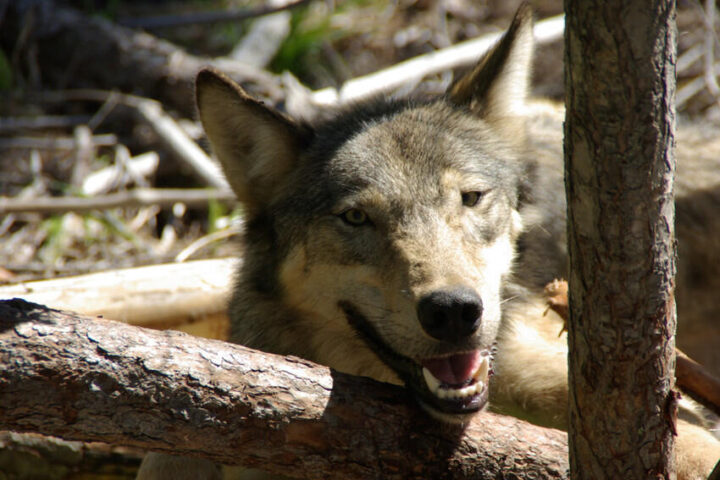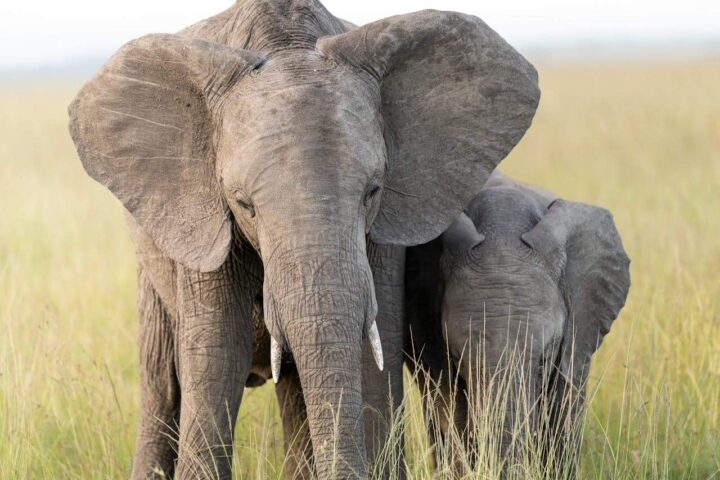In a discovery that challenges decades of wildlife research, California ground squirrels have been observed hunting and consuming voles, marking the first documented evidence of widespread carnivorous behavior in this species. The findings emerged from the Long-term Behavioral Ecology of California Ground Squirrels Project at Briones Regional Park, Contra Costa County.
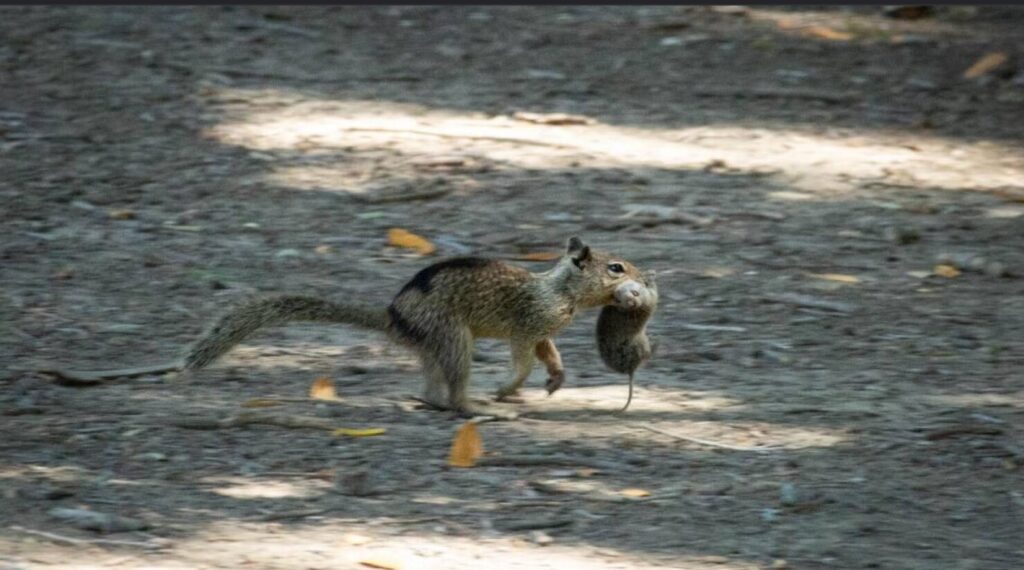
“This was shocking,” stated Jennifer E. Smith, lead author and associate professor of biology at the University of Wisconsin-Eau Claire. “We had never seen this behavior before. Squirrels are one of the most familiar animals to people. We see them right outside our windows; we interact with them regularly. Yet here’s this never-before-encountered-in-science behavior.”
Detailed Observations Reveal New Hunting Patterns
The research team documented 74 squirrel-vole interactions between June 10 and July 30, with 42% involving active predation. These observations occurred during the project’s 12th year, demonstrating how long-established species can still surprise scientists with undiscovered behaviors.
Sonja Wild, a postdoctoral research fellow at the UC Davis Environmental Science and Policy department, initially doubted the reports from undergraduate students. “I could barely believe my eyes,” Wild admitted. “From then, we saw that behavior almost every day. Once we started looking, we saw it everywhere.”
Environmental Adaptability and Survival Strategies
The carnivorous behavior peaked during early July, coinciding with a surge in the local vole population. This timing suggests an opportunistic response to increased prey availability, rather than a permanent dietary shift.
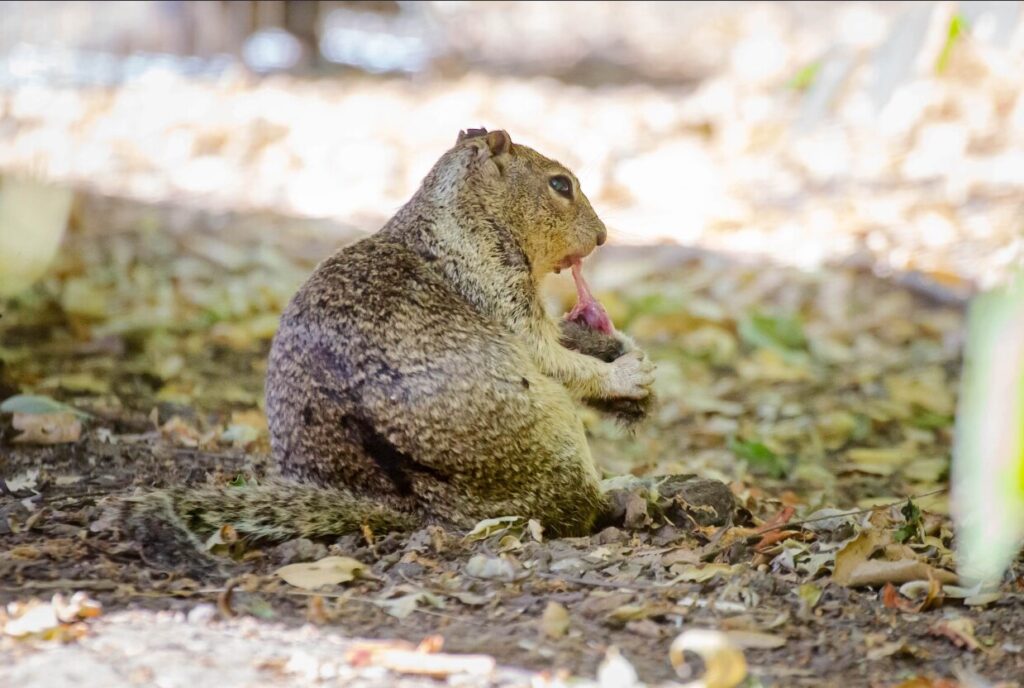
The study revealed complex social dynamics between squirrels and voles, including positive interactions such as foraging and greeting, alongside competitive behaviors like chasing and physical confrontation. Both male and female squirrels, juveniles and adults, participated in hunting activities.
More Stories
Scientific Implications and Future Research
John Koprowski, dean of the Haub School of Environment and Natural Resources at the University of Wyoming, who wasn’t involved in the study, explained the nutritional aspect: “It’s a wonderful way for them to capitalize on a very abundant resource… to provide enough sustenance for many squirrels to use.”
The research team plans to return next summer to assess whether this hunting behavior affects squirrel reproduction compared to the past decade’s data. They will investigate if this behavior is passed down from parents to offspring and examine its broader ecological impact.
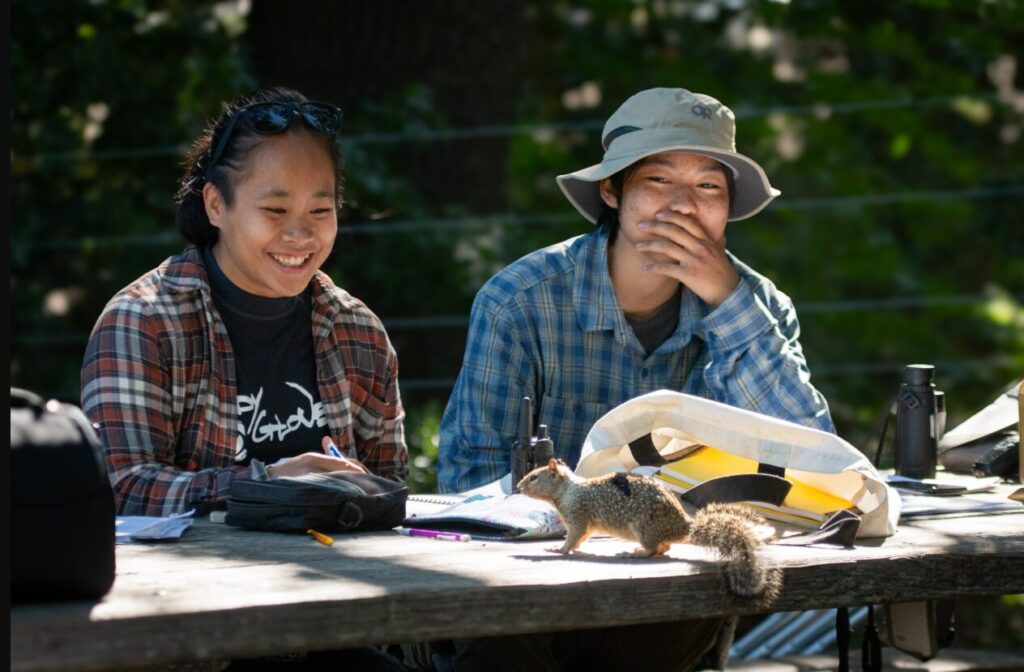
Conservation and Adaptation in Changing Environments
“Animals can either adapt or go extinct in a human-impacted world,” Smith emphasized. “These animals are showing us the incredible resilience of some species and by studying these processes we can offer meaningful insights for conservation.”
Wild added, “The fact that California ground squirrels are behaviorally flexible and can respond to changes in food availability might help them persist in environments rapidly changing due to the presence of humans.”
The research, published in the Journal of Ethology, received support from various institutions, including the Swiss National Science Foundation and the Ronald E. McNair Postbaccalaureate Achievement Program.
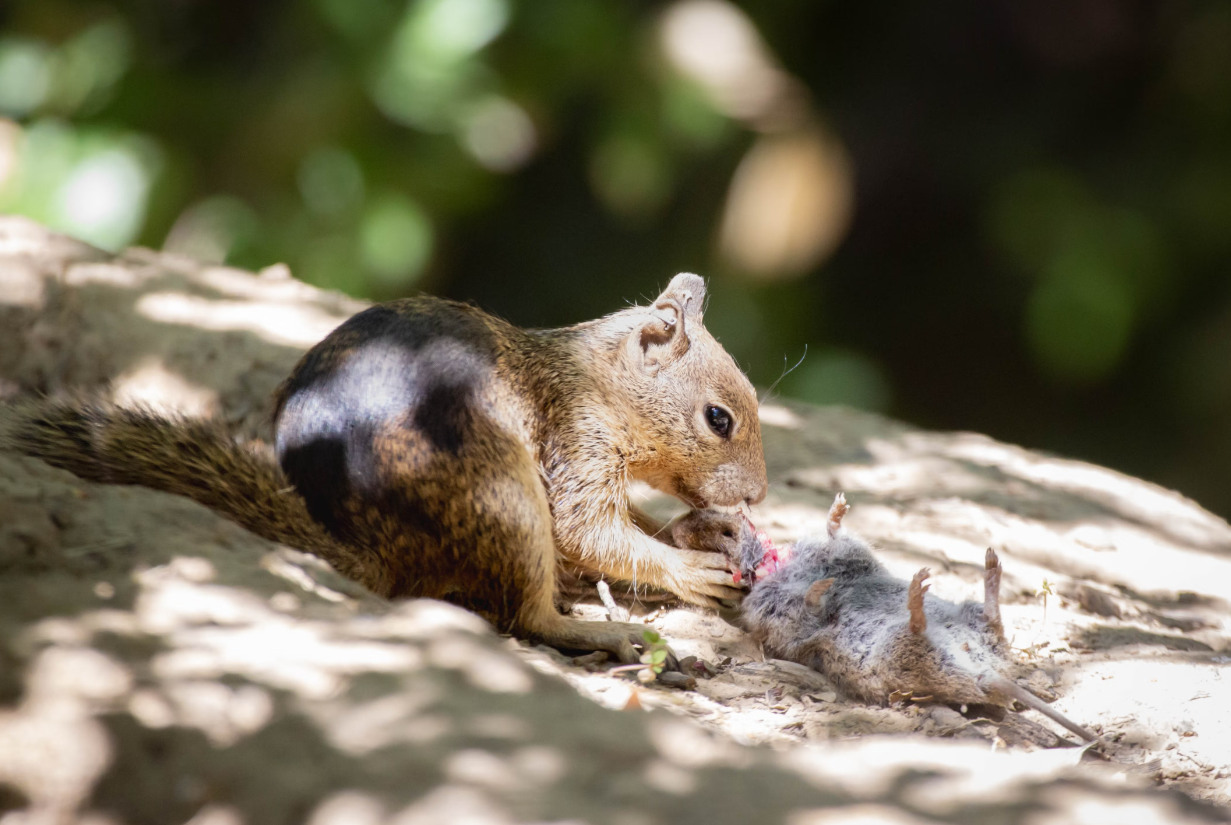


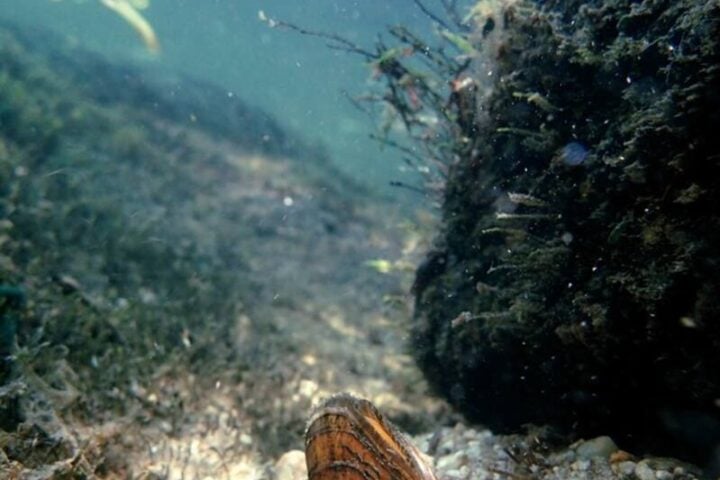
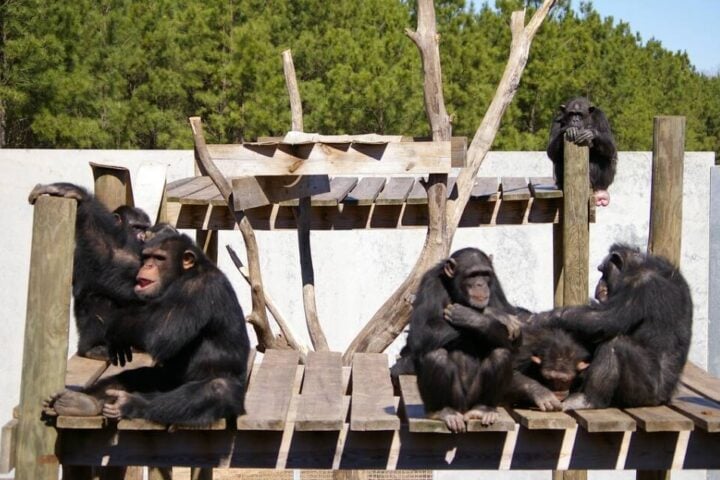


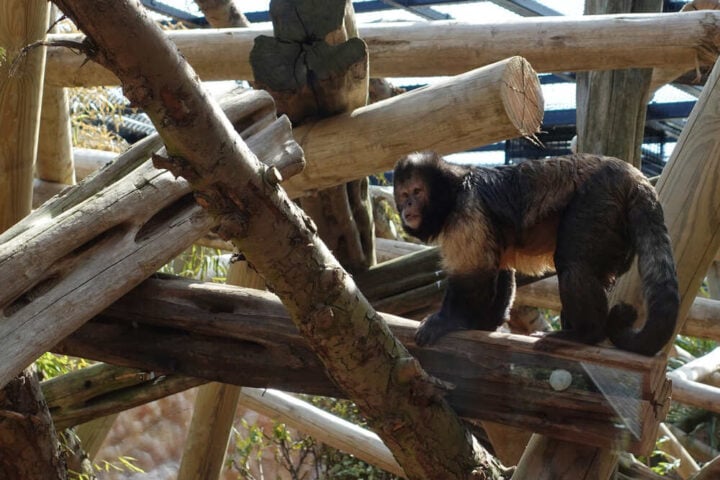

![Representative Image: European Starling [49/366]. Photo Source: Tim Sackton (CC BY-SA 2.0)](https://www.karmactive.com/wp-content/uploads/2025/04/Starlings-Drop-82-in-UK-Gardens-as-Birdwatch-2025-Reveals-Record-Low-Count-Since-1979-720x480.jpg)

